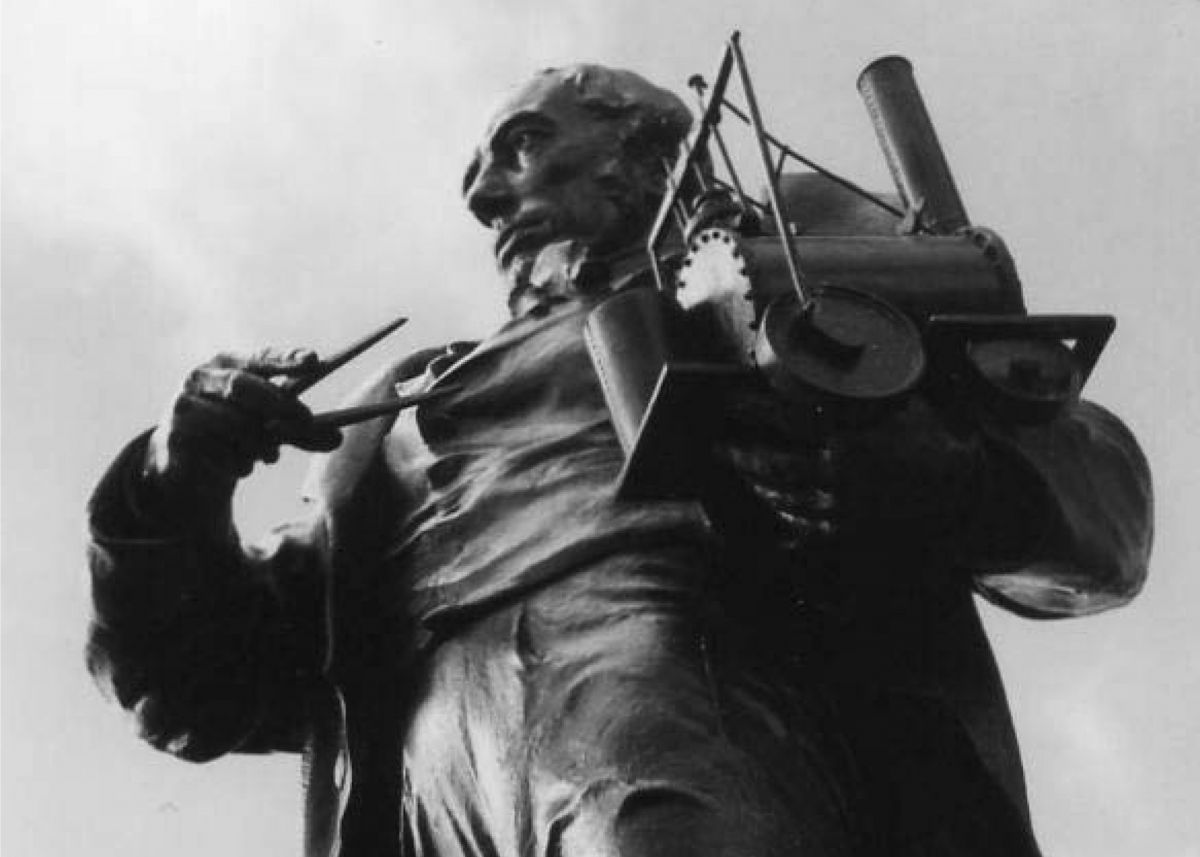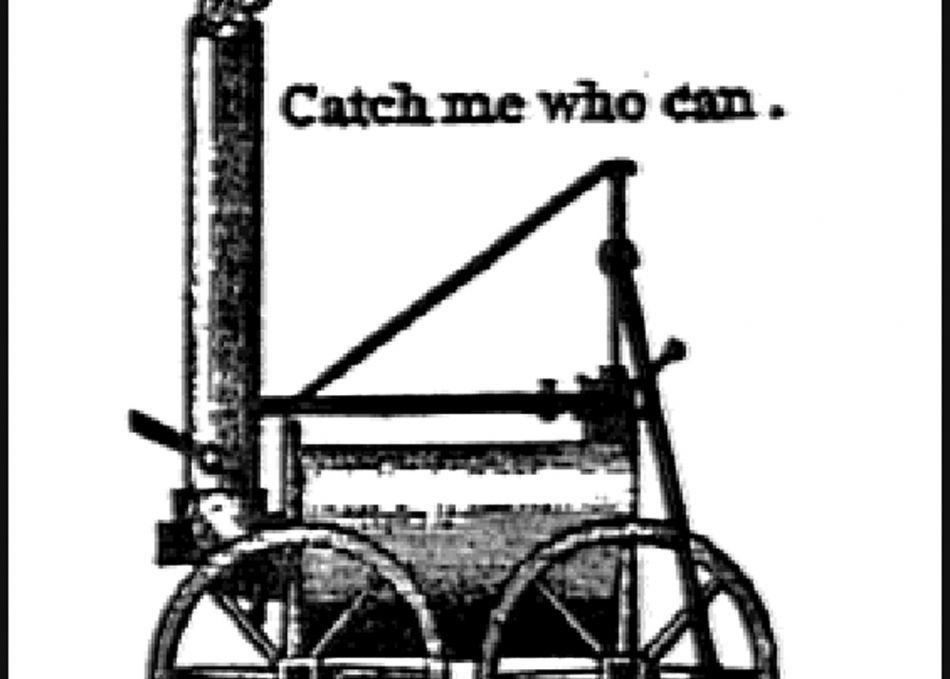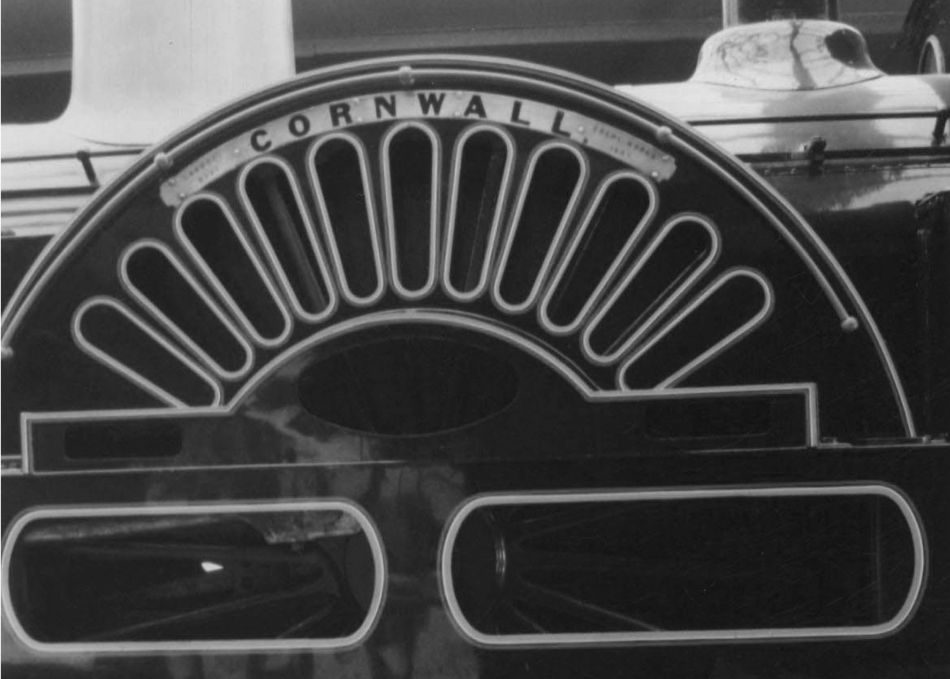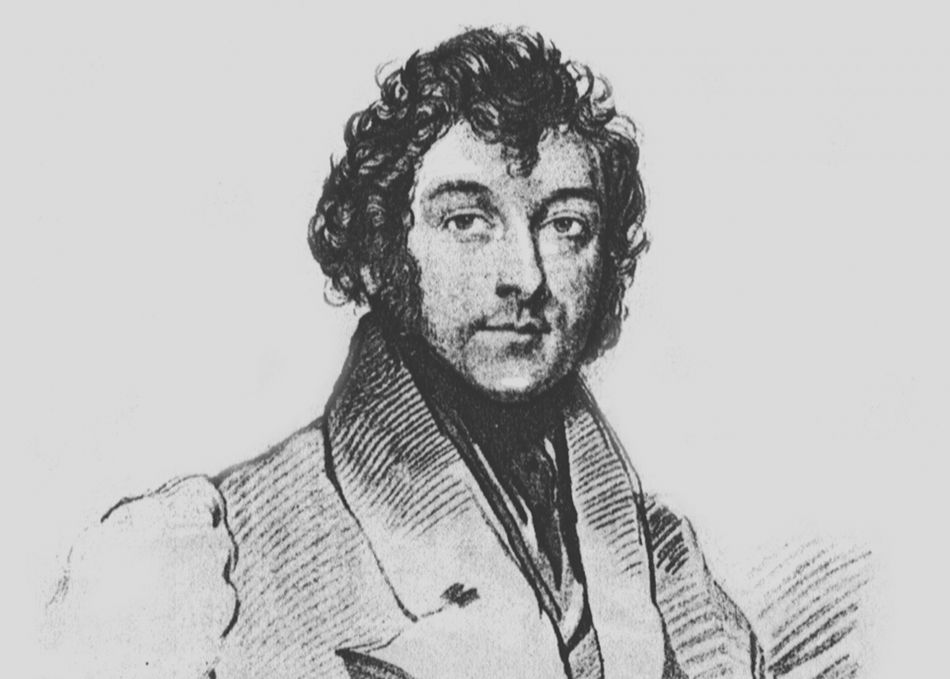Early life
Richard was born at Tregajorran near Camborne in 1771. His father was a mine captain (manager). He grew up in Cornwall, surrounded by James Watt's big, early steam engines, which were used to pump water from the tin mines. Richard didn’t do well at school but was imaginative and very good at mathematics.
Richard grew to be strong and tall, measuring 1.9 metres in height. He was also an excellent Cornish wrestler. Aged 19, he began work at East Stray Park Mine near Camborne, where he was soon employed as a consultant (expert adviser). The Cornish miners liked him and called him ‘Capt’n Dick’. When he was 28, Richard married Jane Harvey. Her father started Harvey's foundry in Hayle, where many of Richard's engines were built. Richard and Jane had six children.

Used with the kind permission of the Trevithick Society
High-pressure steam
In 1797, Richard helped Edward Bull build an ‘up-side down' steam engine at Ding Dong Mine near Penzance. Richard built the engine upside down to make it different to the design used by James Watt. By 1800, Richard had developed the first high-pressure steam engine. It was smaller, cheaper to buy and more powerful than other engines. It was used in mines to bring the ore (rock containing metal) to the surface.
World’s first motor car, the Puffin’ Devil
Richard’s idea was to replace horse-drawn carriages with his new steam engine. On Christmas Eve 1801, his steam powered Puffin' Devil road locomotive (vehicle) climbed a hill in Camborne. This was the world's first successful steam locomotive. The event is celebrated in the famous Cornish song ‘Camborne Hill’.

Used with the kind permission of the Trevithick Society
London’s first steam bus
In 1803 Richard built and drove a steam bus in London, carrying passengers for the first time.
World’s first railway locomotive
In 1804, Richard demonstrated a steam locomotive at Penydarren in Wales. It travelled 14 kilometres (over eight and a half miles), pulling 10 tonnes of iron and 70 passengers. This was the world's first rail journey! Four years later, Richard demonstrated a passenger locomotive in London.
Steam thresher and the Cornish Boiler and Engine
Richard designed a steam-powered threshing machine, which separated grain from stalks. For many years, his creation was used at Trewithen, near Truro. His high-pressure boiler was used to improve James Watt’s engines in factories, mines and ships. His Cornish engine was used all over the world to pump water from mines and to raise ore to the surface. It was also used to power the ‘man engine’ that carried workers up and down the mines.

Image courtesy of Compair Holman
South America
In 1816, Richard sailed to South America to set up his engines at silver mines in Peru. There, he joined the army of Simón Bolivar, which was fighting for independence from Spain. He invented a gun for Bolivar but the war meant Richard had to leave Peru. Afterwards, Richard took up pearl fishing in the Pacific Ocean and sailed to Costa Rica, where he crossed the mountains and rainforests to the Caribbean Sea. Along the way, he narrowly avoided being eaten by an alligator after being tipped out of his boat. With little money, he sailed back to Falmouth in 1827.
He heard Mr Trevithick’s cries for help, and seeing a large alligator approaching him, shot him in the eye, and then, as he had no boat, lassoed Mr Trevithick, and by his lasso drew him ashore much exhausted and all but dead. Letter from James Fairbairn (1864)
Later life
Richard’s wife and children had not seen him for over ten years. Wrongly believing his inventions would provide them with money, he had not sent them any while he had been away. After his return, he continued to invent things, including an indoor heater. His last job was designing a refrigerator in Dartford in Kent.
In 1833, while he was still in Dartford, Richard died and was buried in a local cemetery. He is featured in a stained glass window in Westminster Abbey, appearing as St Piran with a Cornish flag. There is also a statue of him outside Camborne Library.
Trevithick Day is a celebration of Richard’s life and inventions. It is held in Camborne every April.

Used with the kind permission of the Trevithick Society
Did you know?
In 1832, the British government allowed more men to vote in elections. To celebrate this ‘Reform Act’, Richard planned to build a tower in London made of cast iron, which would have been 300 metres tall – as high as the Eiffel Tower in France. Sadly, he didn’t live long enough to begin the project.
Richard was tall, strong and an excellent Cornish wrestler. It’s said he could throw a sledgehammer right over the top of a Cornish engine house! Another story describes how he could write his name on a ceiling beam with a 25-kilogram weight hanging from his thumb!

Used with the kind permission of the Trevithick Society




















































